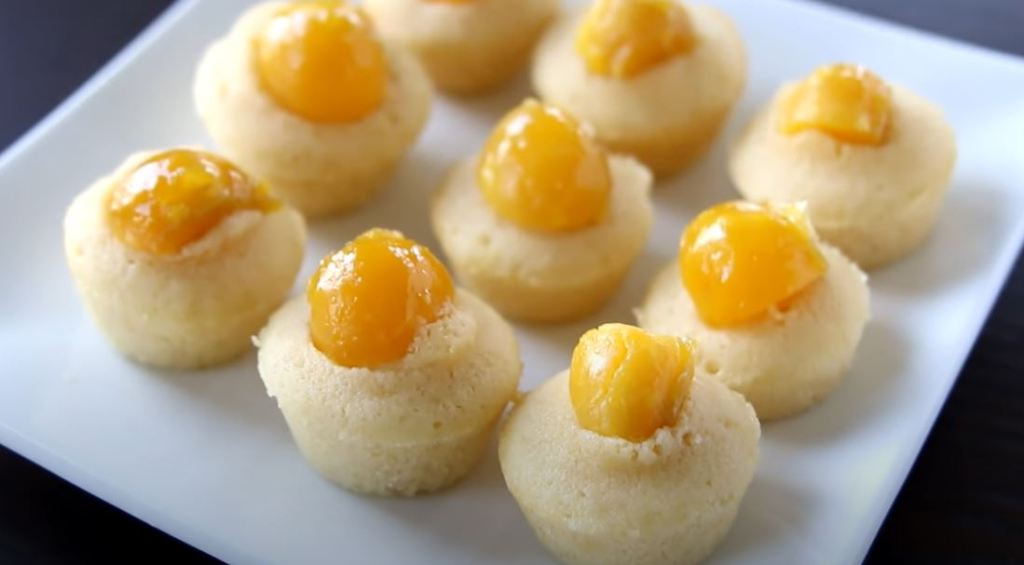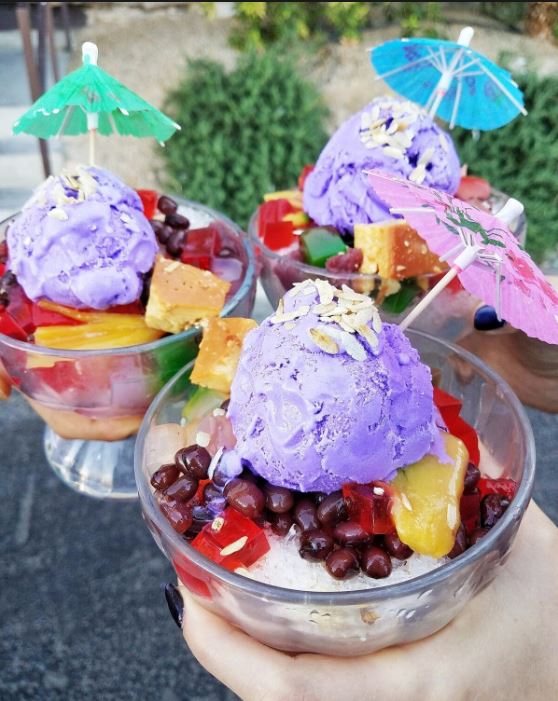Brown Sugar Boba Milk Tea is a drink originated in Taiwan. This drink was first introduced in Taichung City, Taiwan. While most tea shops in the country were already serving endless varieties of boba tea, right after this drink was introduced, it became an instant hit. Everybody loved it. Even tourists who came to Taiwan also wanted to try this iconic drink. As people did not seem to get enough of it, chefs around the countries as well as other Asian chefs around the globe developed multiple different desserts inspired by this drink recipe.
What is Brown Sugar Boba Milk Tea? Brown Sugar Boba Milk Tea is made from brown sugar and black tea originated in Taiwan. Heavily influenced by Chinese cuisine, the Taiwanese people not only love to drink tea but they also love to make food infused with tea. As a result of the country’s endless love for tea, Brown Sugar Boba Milk Tea was born. Boba is also known as tapioca pearls. For decades, Asian people have put tapioca pearls in milk tea. Being an Asian myself, I must admit that I have had way too much boba and milk tea in my life. If you are familiar with Asian culture, you may notice that drinking milk tea is a way of life in many Asian countries. While young people in Western countries often hangout at bars or pubs on the weekends, young Asians often hangout at boba tea shops. We do have bars in Asia, but some people simply love coming to boba tea shops to hangout with friends. I do, too.
The Brown Sugar Boba Milk Tea is a one-of-a-kind drink. To make Brown Sugar Boba Milk Tea, the tapioca pearls after being cooked will be soaked in a thick brown sugar syrup. Since the tapioca pearls are added into the brown sugar syrup right after they are being boiled, they soak up all the flavor and aroma of the brown sugar. The brewing process of the tea in this recipe is similar to other recipes. To prepare this drink, we start with scooping out a generous amount of brown sugar soaked boba and put in the cup. We also drizzle the whole cup with this sugary syrup. Then, black tea is added. Come behind black tea is a secret ingredient that not every boba shop owner will let you know, heavy cream. Asian people love creamy milk. Whole milk is often not creamy enough for us so we usually add a splash or two of heavy cream into our boba tea. Lastly, whole milk and ice are in. And that my friends, you have a delicious cup of Brown Sugar Boba Milk Tea.

Other than milk tea, Brown Sugar Boba can also be made into lava cake, cupcakes, ice cream, mille crepe, and even candy. In a Brown Sugar Boba Lava Cake, we will put brown sugar lava sauce instead of milk into the center of the cake. The base of this cake is a chiffon cake. Then, the hole in the center of the chiffon cake will be filled with brown sugar lava until it overflows. The lava will cover the entire cake so we often put this cake in a deep dish. Brown sugar soaked boba will be the topping. When I hangout with my friends, I love to have this cake on the table and a cup of freshly made Brown Sugar Boba Milk Tea in my hand. We often joke that we Asians can never have enough brown sugar boba.
If you want to try Brown Sugar Boba Milk Tea, you can either buy it from milk tea shops or make it at home. The boba can be bought pre-made, black tea and brown sugar are available everywhere as well. About the milk and cream, if you are lactose intolerant or vegan, you may try using lactose free milk or nut milk.








